Preparando MOJI
Ildar is the algorithm teacher of William and Harris. Today, Ildar is teaching Cartesian Tree. However, Harris is sick, so Ildar is only teaching William.
A cartesian tree is a rooted tree, that can be constructed from a sequence of distinct integers. We build the cartesian tree as follows:
For example, this is the cartesian tree for the sequence $$$4, 2, 7, 3, 5, 6, 1$$$:
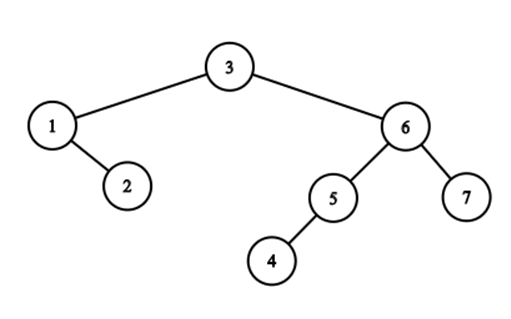
After teaching what the cartesian tree is, Ildar has assigned homework. He starts with an empty sequence $$$a$$$.
In the $$$i$$$-th round, he inserts an element with value $$$i$$$ somewhere in $$$a$$$. Then, he asks a question: what is the sum of the sizes of the subtrees for every node in the cartesian tree for the current sequence $$$a$$$?
Node $$$v$$$ is in the node $$$u$$$ subtree if and only if $$$v = u$$$ or $$$v$$$ is in the subtree of one of the vertex $$$u$$$ children. The size of the subtree of node $$$u$$$ is the number of nodes $$$v$$$ such that $$$v$$$ is in the subtree of $$$u$$$.
Ildar will do $$$n$$$ rounds in total. The homework is the sequence of answers to the $$$n$$$ questions.
The next day, Ildar told Harris that he has to complete the homework as well. Harris obtained the final state of the sequence $$$a$$$ from William. However, he has no idea how to find the answers to the $$$n$$$ questions. Help Harris!
The first line contains a single integer $$$n$$$ ($$$1 \le n \le 150000$$$).
The second line contains $$$n$$$ integers $$$a_1, a_2, \ldots, a_n$$$ ($$$1 \le a_i \le n$$$). It is guarenteed that each integer from $$$1$$$ to $$$n$$$ appears in the sequence exactly once.
Print $$$n$$$ lines, $$$i$$$-th line should contain a single integer — the answer to the $$$i$$$-th question.
5 2 4 1 5 3
1 3 6 8 11
6 1 2 4 5 6 3
1 3 6 8 12 17
After the first round, the sequence is $$$1$$$. The tree is

The answer is $$$1$$$.
After the second round, the sequence is $$$2, 1$$$. The tree is
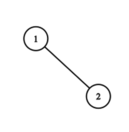
The answer is $$$2+1=3$$$.
After the third round, the sequence is $$$2, 1, 3$$$. The tree is
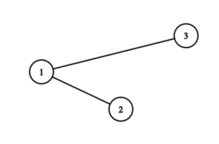
The answer is $$$2+1+3=6$$$.
After the fourth round, the sequence is $$$2, 4, 1, 3$$$. The tree is
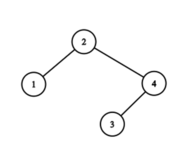
The answer is $$$1+4+1+2=8$$$.
After the fifth round, the sequence is $$$2, 4, 1, 5, 3$$$. The tree is
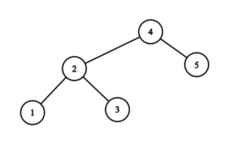
The answer is $$$1+3+1+5+1=11$$$.